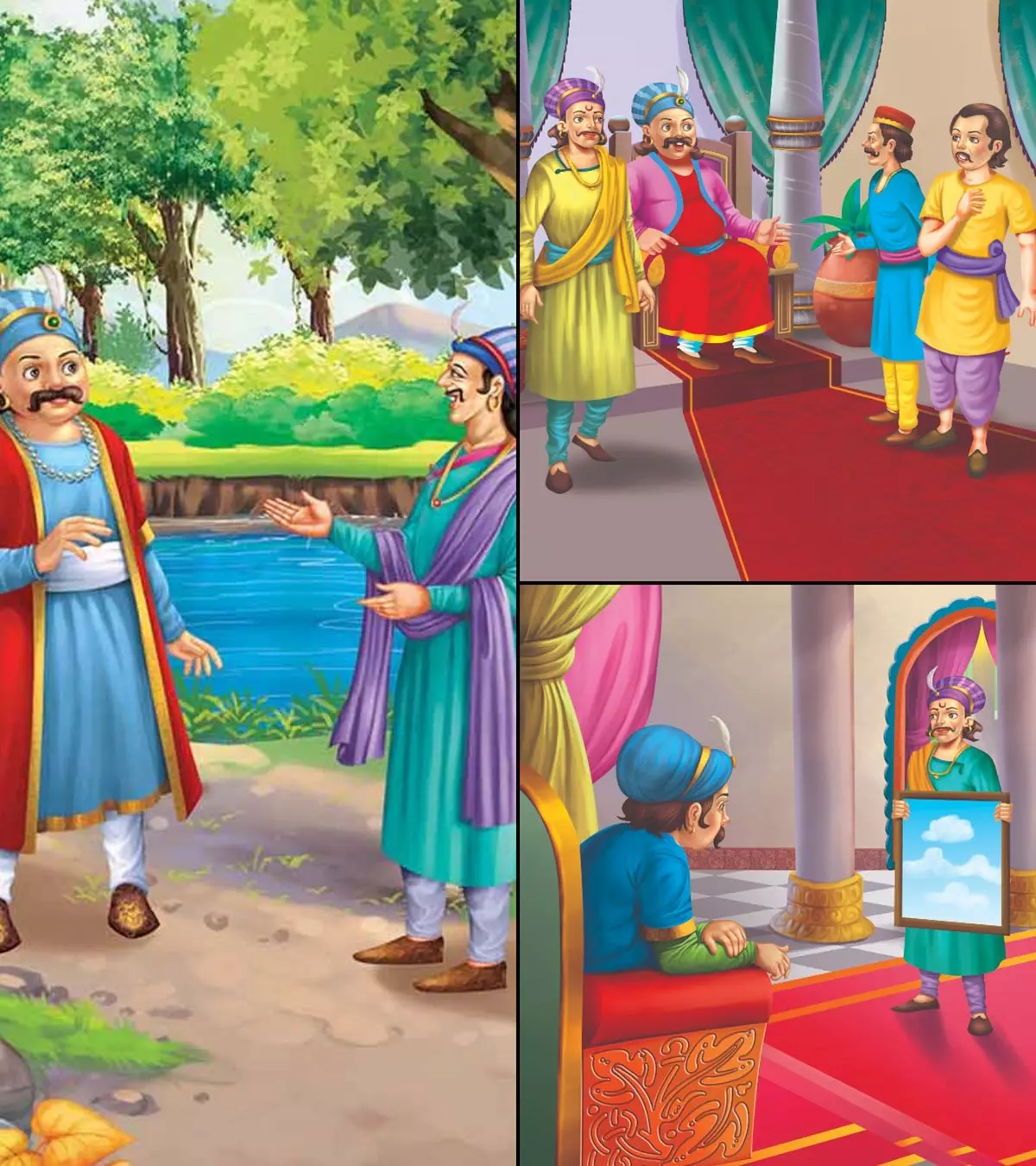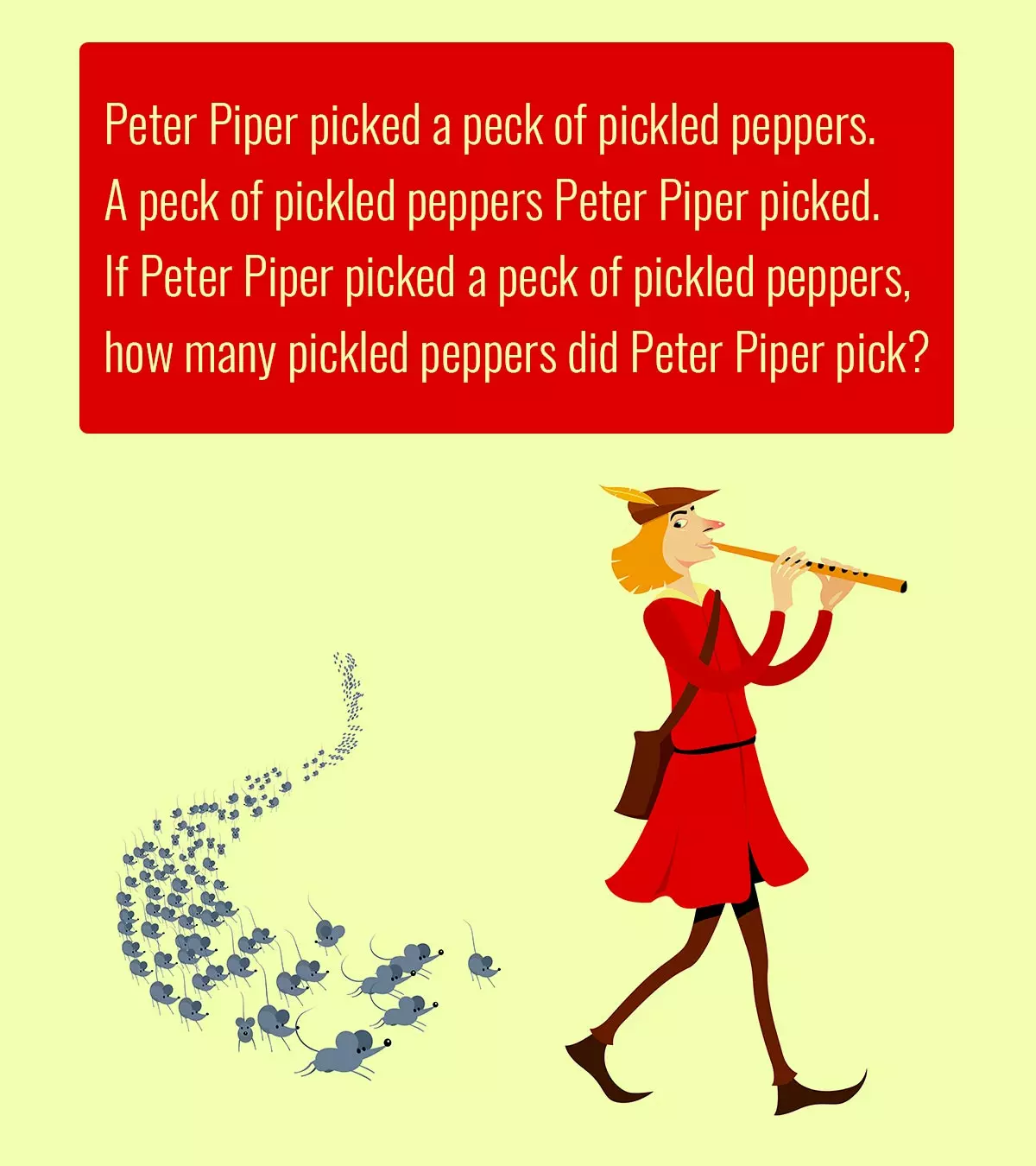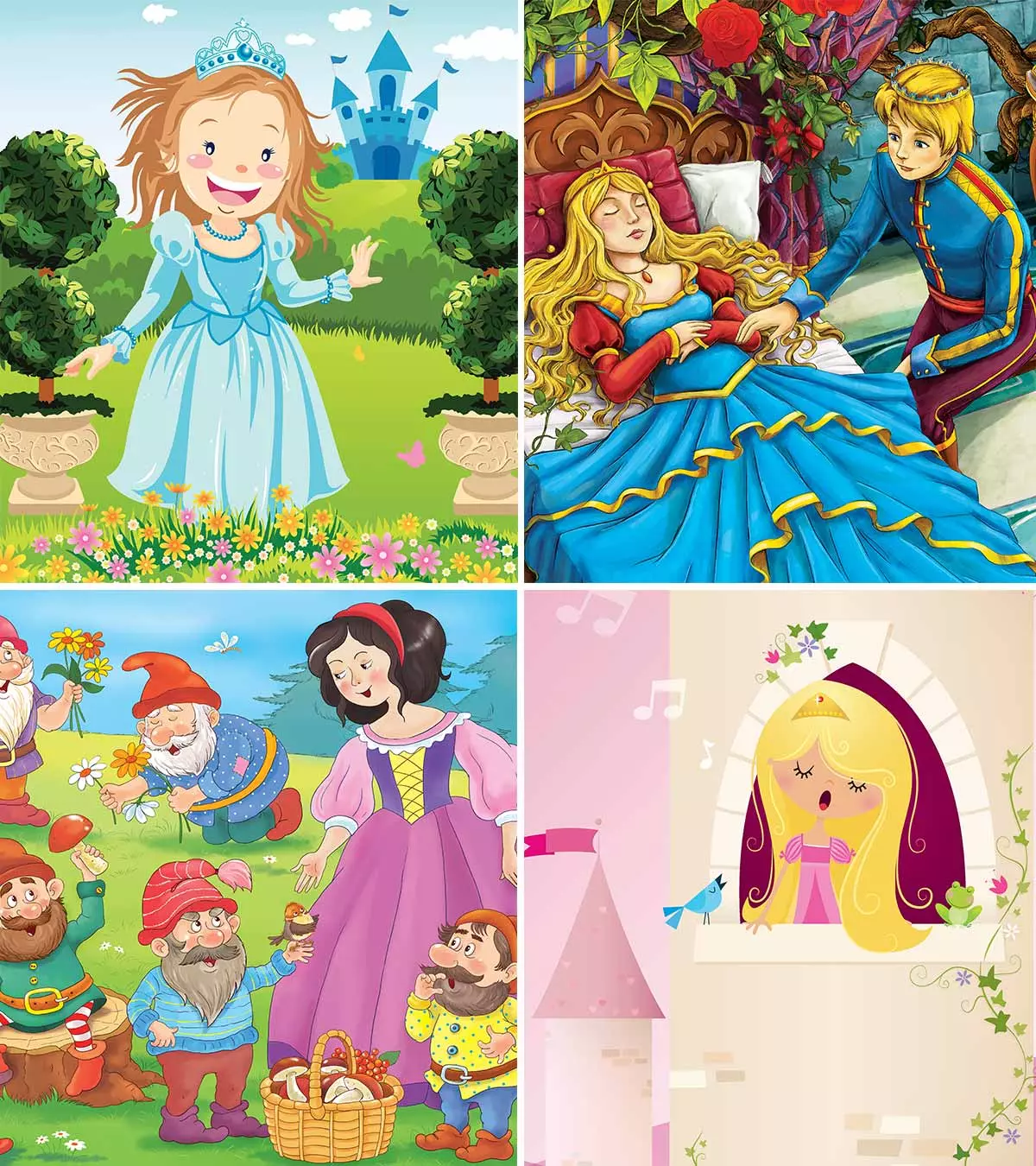
Image: iStock
Rugby appears to be an exciting but a violent sport. It is, however, one of the most exhilarating and rewarding contact sports which is popular worldwide. Introducing rugby facts for kids can help them learn about this popular sport. Argentina, Australia, Canada, New Zealand, England, and Wales have the most rugby players.
It’s not only fun for the kids, but also helps them strengthen vital muscles in the body, and develop mental and social skills. Most parents are concerned about their child’s safety while playing this game. Blogger mom Kathleen Walker too was skeptical about allowing her son to play rugby. But she eventually did and was happy how things turned out. She says, “If I’m honest I hadn’t been looking forward to this day, not because I’m worried he’ll get hurt (okay maybe a little bit), but because of attitudes of other coaches and parents. Turns out I had nothing to fear. The referee, coaches and parents of all teams yesterday were encouraging of all the boys and girls playing. Supporters from all sides enjoyed watching their kids play and there was no aggression or side line coaching from anyone. I was relieved.
All the children enjoyed the games and they didn’t even seem overly concerned as to who had won or lost, they had simply enjoyed being active and being part of a team. This for me is the most important thing. If at any point I felt my son was putting too much pressure on himself or he felt pressurized by anyone involved in his side I think I would have to withdraw him and find another team. Sport at this age should be all about learning new skills, making friends and having fun and fortunately that was what I saw yesterday (i).”
And, if you have a young rugby fan at home, consider piquing their interest in the game by sharing these fascinating rugby facts for kids. To get you started, here are a few suggestions.
Key Pointers
- Rugby was invented in 1823 at Rugby School and went professional in 1995.
- There are two main types of rugby games: Rugby Union and Rugby League.
- A rugby ball is oval-shaped and made from leather or durable plastic material.
- The Rugby Union World Cup Tournament is held every four years to celebrate the sport.
Rugby Information For Kids

Rugby is quite popular in schools and colleges and is played by the kids and their older counterparts enthusiastically. Here is some useful information about the fascinating aspects of Rugby.
What Are The Two Types Of Rugby?
There are two major varieties of rugby games, the Rugby Union, and the Rugby League. The split in Rugby occurred in the year 1895 which led to the emergence of the Rugby Union and the Rugby League. Earlier the difference was only in case of the administration, but as the years followed, the rules and regulations of Rugby League were changed which resulted in two different forms of Rugby. But, after about a hundred years, in 1995, Rugby League and the Rugby Union joined hands together and were referred to as one of the professional sports.
History Of Rugby

Ancient Greeks and the Romans played ‘chasing the ball’, a game which was in many ways similar to the modern world game of Rugby. The Rugby Football Union was formed in the year 1871 when the English clubs met to form the team. Later on, the flaring of the legal troubles regarding payment of rugby players even when they were missing from the game led to the formation of Northern Rugby Football Union in the year 1892. The legal issues resulted in a schism and resulted in the formation of the two separate clubs which were the Rugby League and the Rugby Union.
Differences In The Rules Of The Two Clubs

In the case of the Union club, the players contest the possession of the rugby ball after the tackle and according to the situation a ruck or a maul can take place. But, in the case of the League players, they choose not to contest the ball following the tackle and the game is continued with the “play-the-ball”. Then again, in League, if the players fail to make a score before a set of six tackles, while in possession of the ball, they have to surrender their possession whereas in the Union, there is no such rule and the players can keep the ball in their possession even after unlimited number of tackles before scoring as long as they do not end up committing an offense.
What Exactly Is A Rugby Ball?

The most basic equipment is a rugby ball, formerly called a quanco which has a diamond-shaped structure that makes it easier to pass from one player to the other. In the case of rugby union, the world rugby regulates and maintains the size of the rugby ball under the law 2. An authentic and official rugby union ball is oval in shape with four panels and also has a length of 280 to 300 millimeters in line and a width of 580 to 600 millimeters. It is either made from leather or from a suitable and durable plastic material which is treated to make the ball water resistant and also easier to grip by the players. The weight of the ball ranges something between 410 to 460 grams but cannot exceed the mentioned upper limit or go below 410 grams in weight.
Some Astonishing Facts About Rugby

- Rugby was first invented in the year 1823 in Rugby School when W.W. Ellis accidently caught the ball in his hand and carried on running with it in an ongoing football game. A fundamental rule in rugby is that the player carrying the ball must touch the ground on or over the goal line to score a “try.”
 Quick fact
Quick fact- Even though nowadays, the rugby balls are oval shaped but decades back they were plum shaped as they were made out of the bladder of pigs which gave the balls their distinct shape.
- The switch to rubber tubes to make rugby balls happened as the pigs’ bladders used for balls were diseased, which caused diseases to people who had to blow the balls with their breath.
- The Rugby Union gained the status of professional sports in the year 1995.
- The earliest reference to the game of Rugby in the Oxford Dictionary was made in the year 1852.
- Rugby is mostly seen as the Rugby Union or the Rugby League. Even though the game is all about running with the ball in hand to get the ball over the line and make a score, still the rules of play are different in each case, respectively.
- The first time a national anthem that was ever sung before sports was that of Rugby. In New Zealand, the famous Haka dance is performed before the game. It is a war dance that is supposed to intimidate the players of the opposite team and give the team vigor and enthusiasm to win the game.
- After every four years, the Rugby Union World Cup Tournaments are held for the celebration of the sports. The first ever official tournament that was organized was in the year 1987 by Australia and New Zealand and the winning team turned out to be New Zealand.
 Did you know?
Did you know?- The largest Rugby ball made till now is 4.709 meters long and 2.95 meters tall. It was made in the year 2011 by Hong Kong.
- Touch Rugby is yet another type of Rugby Football, but it is played without the use of tackles, scrums, lineouts, rucks or even kicking.
Frequently Asked Questions
1. What is the difference between Rugby Union and Rugby Sevens?
In Rugby Union, the match is played for 80 minutes, divided into two halves of 40 minutes. On the other hand, Rugby Sevens is played for 14 minutes, split into two sessions of seven minutes.
2. What does PD mean in rugby?
In rugby, PD is the abbreviation for Points Difference between the two teams.
3. Why was rugby league banned in France?
The rugby league was banned in France due to the players’ complaints of lack of professionalism and on-field violence.
4. What is the Triple Crown in rugby?
The ‘Triple Crown’ of rugby is a special prize allowed to be given to only the four home unions – England, Wales, Ireland, and Scotland.
5. What is a rugby tackle called?
A tackle in rugby is referred to as either tap-ankle or an ankle tap.
6. What is not allowed in rugby?
In rugby, it is not allowed to tackle an opponent player anywhere above their shoulders and use their legs to tackle someone.
7. What do rugby red cards and yellow cards mean?
In rugby, red and yellow cards are disciplinary measures used by referees to manage player behavior during a match.
1. Yellow Card: A yellow card is a temporary suspension given to a player for a specific period, usually 10 minutes. It is shown for serious but not severe offenses, such as repeated infringements, dangerous play, or intentional fouls. During the player’s absence, their team plays with one fewer player.
2. Red Card: A player who gets a red card will be immediately expelled from the game, and the team cannot replace the player. This strict penalty is reserved for more severe infractions, such as high tackles, recklessly charging into a ruck or maul, shoulder charges to the head or neck, and similar serious offenses. Moreover, when a player receives two yellow cards, they will be shown a red card.
Sports for kids are more than just physical fitness. It is a fun and dynamic way to encourage sportsman spirit, teamwork, and discipline from a young age. Children should keep learning new facts and information about different things around them. This habit keeps them well-informed, curious, and confident. The legendary game of Rugby is quite enthralling and has remained popular among students in schools, colleges, and universities. The professional sport has an amazing fan following and is an ideal outdoor game to boost children’s physical development. Knowing Rugby facts for kids can enhance children’s inquisitiveness about the sport and make them appreciate it more. It may even inspire some to try playing the game. So, share Rugby’s history, types, ball, and other interesting facts with your children, and bring on the Rugby fever.
Rugby is an enjoyable physical sport that requires skills with strength and strategies. Whether your child seems interested in Rugby or you want to introduce this game, the infographic below includes some amazing Rugby facts to pique your child’s interest.

Illustration: Momjunction Design Team
Illustration: Unknown Rugby Facts And Information For Kids

Image: Stable Diffusion/MomJunction Design Team
Are you a rugby fan? Get ready to be amazed by the history and culture of this beloved sport.
Personal Experience: Source
MomJunction articles include first-hand experiences to provide you with better insights through real-life narratives. Here are the sources of personal accounts referenced in this article.
i. I became a rugby mom;https://runmyownway.wordpress.com/2014/09/15/i-became-a-rugby-mum/
References
- About: Harpastum.
https://dbpedia.org/page/Harpastum - The History of Rugby.
https://pledgesports.org/2020/06/the-history-of-rugby/
Community Experiences
Join the conversation and become a part of our nurturing community! Share your stories, experiences, and insights to connect with fellow parents.
Read full bio of Sagari Gongala
Read full bio of Harshita Makvana
Read full bio of Praggya Joshi















